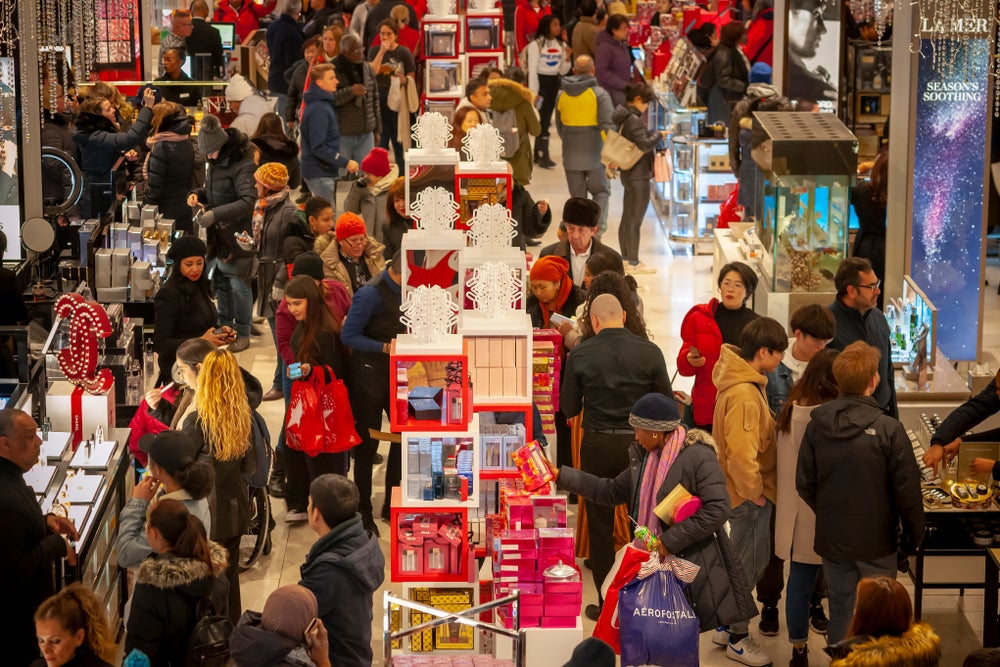The holiday season, defined by NRF as 1 November through 31 December, saw online and non-store sales increase by 8.2% to $276.8bn, surpassing the NRF's forecasted growth of 7% to 9%.
Core retail sales surged 3.8% to $964.4bn according to data released by the US Census Bureau.
This growth not only exceeds the NRF's forecast but also demonstrates the resilience of consumer spending amid challenges such as inflation and high interest rates as described by the NRF's chief economist, Jack Kleinhenz.
He attributed the 2023 holiday season success to a robust labour market and a notable easing in the prices of goods.
Sales for the full year also saw a substantial increase, totalling a record $5.13tn, representing a 3.6% growth compared to the previous year.
The NRF's projection for the 2023 holiday sales, ranging between 3% and 4% growth over 2022, proved accurate, falling within the predicted range of $957.3bn to $966.6bn.
Although the growth rate was slower than the unprecedented rates observed in the past three years due to pandemic-related stimulus, it remained consistent with the average annual holiday increase of 3.6% from 2010 to 2019.
The holiday season, defined by NRF as 1 November through 31 December, saw online and non-store sales increase by 8.2% to $276.8bn, surpassing the NRF's forecasted growth of 7% to 9%. Online holiday sales were $255.8bn in 2022.
For December alone, NRF detailed a seasonally adjusted retail sales increase of 0.7% from November and a 3.3% unadjusted year-over-year growth. In comparison, overall December retail sales, including autos, gas, and restaurants, rose by 0.6% from November and 5.6% year over year.
Despite variations in holiday hiring among retailers, NRF's holiday jobs forecast was on target, estimating a total of 439,500 seasonal workers for November and December. This falls within the expected range of 345,000 to 450,000, aligning with the 391,000 seasonal hires recorded in 2022.









